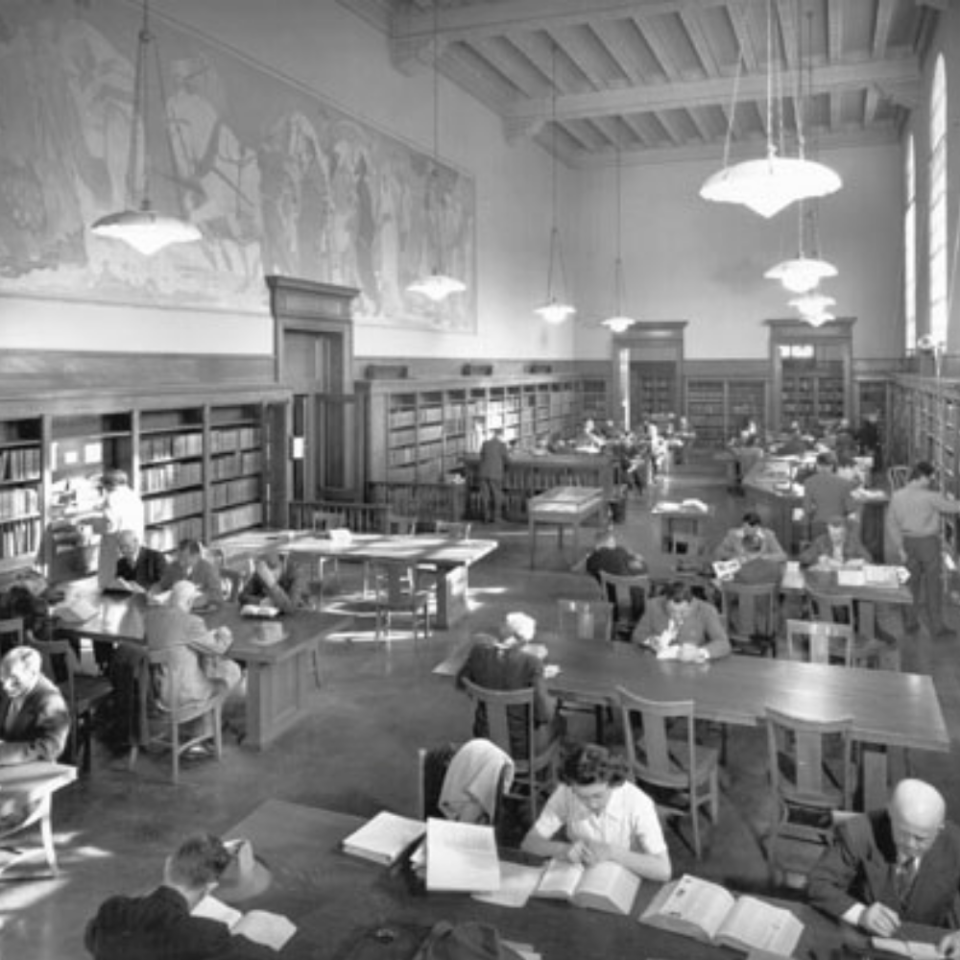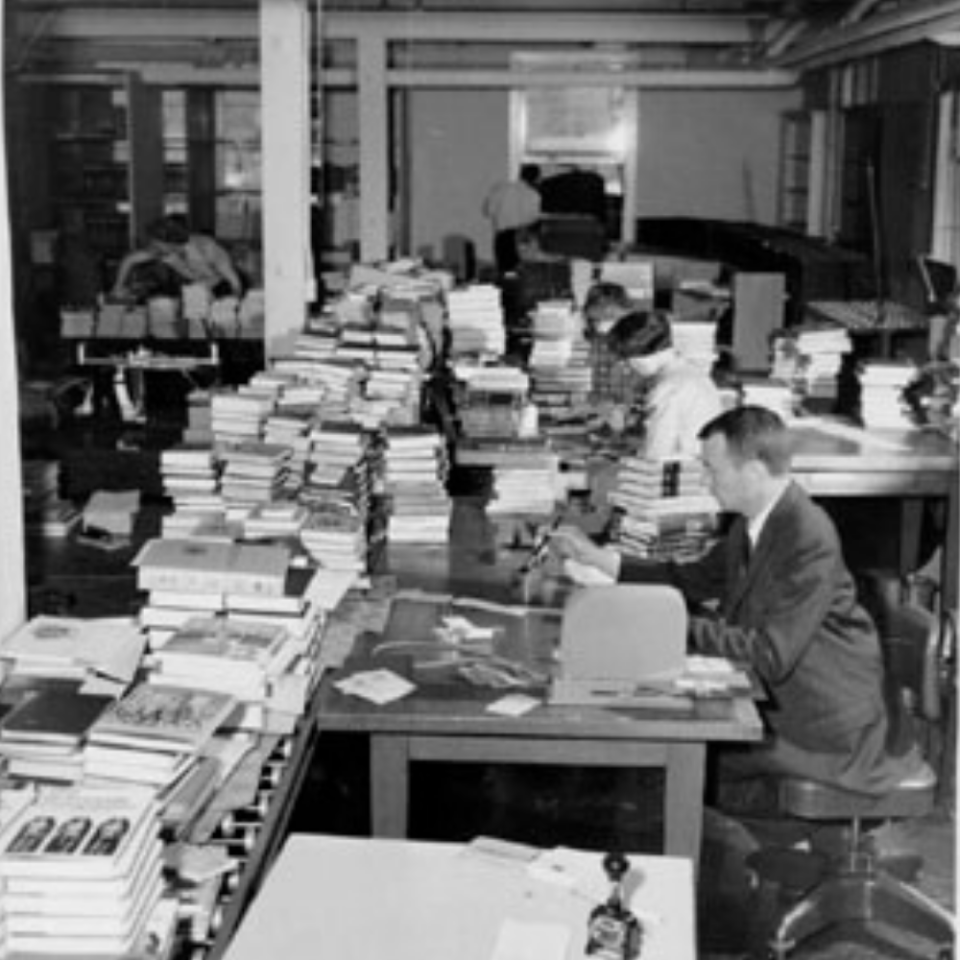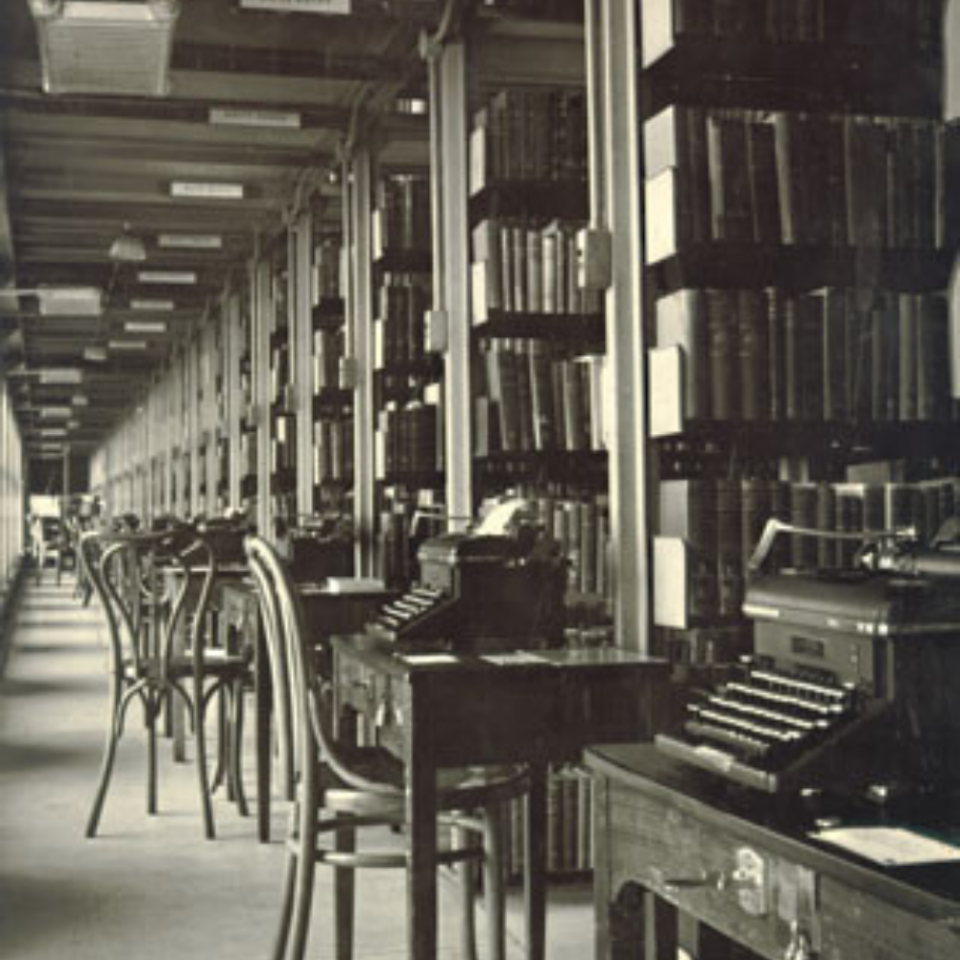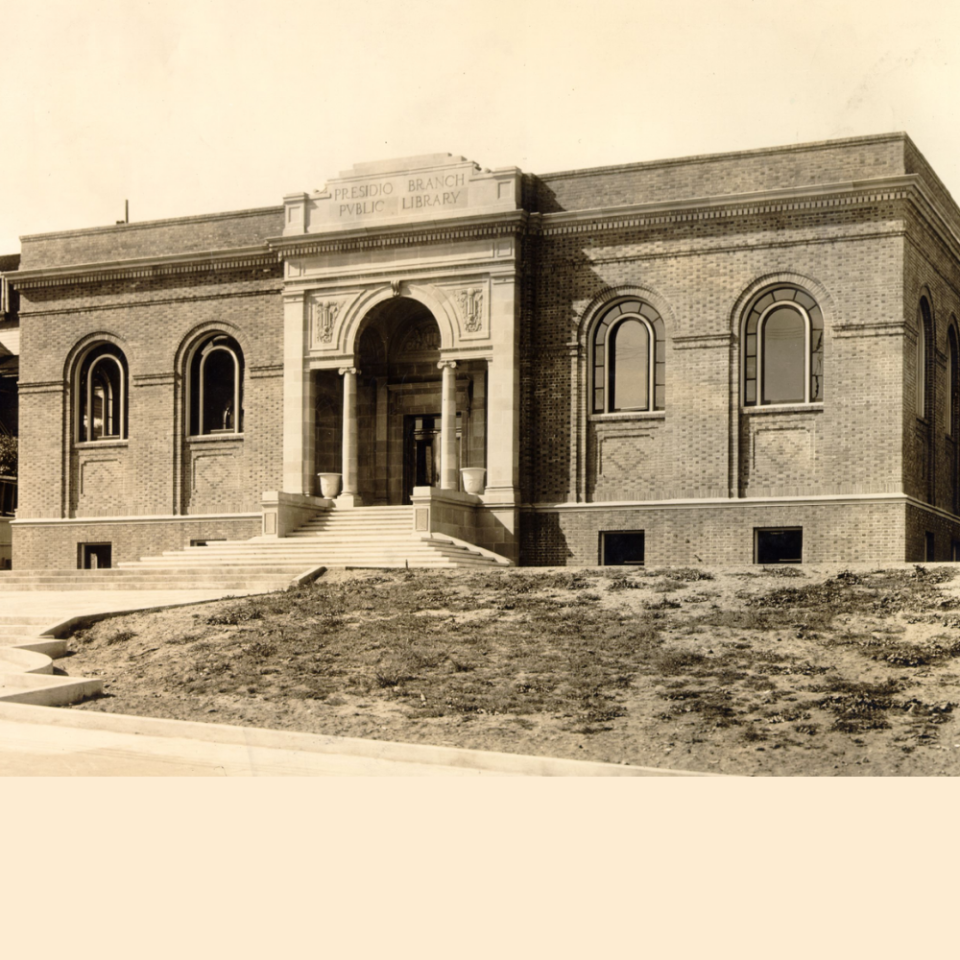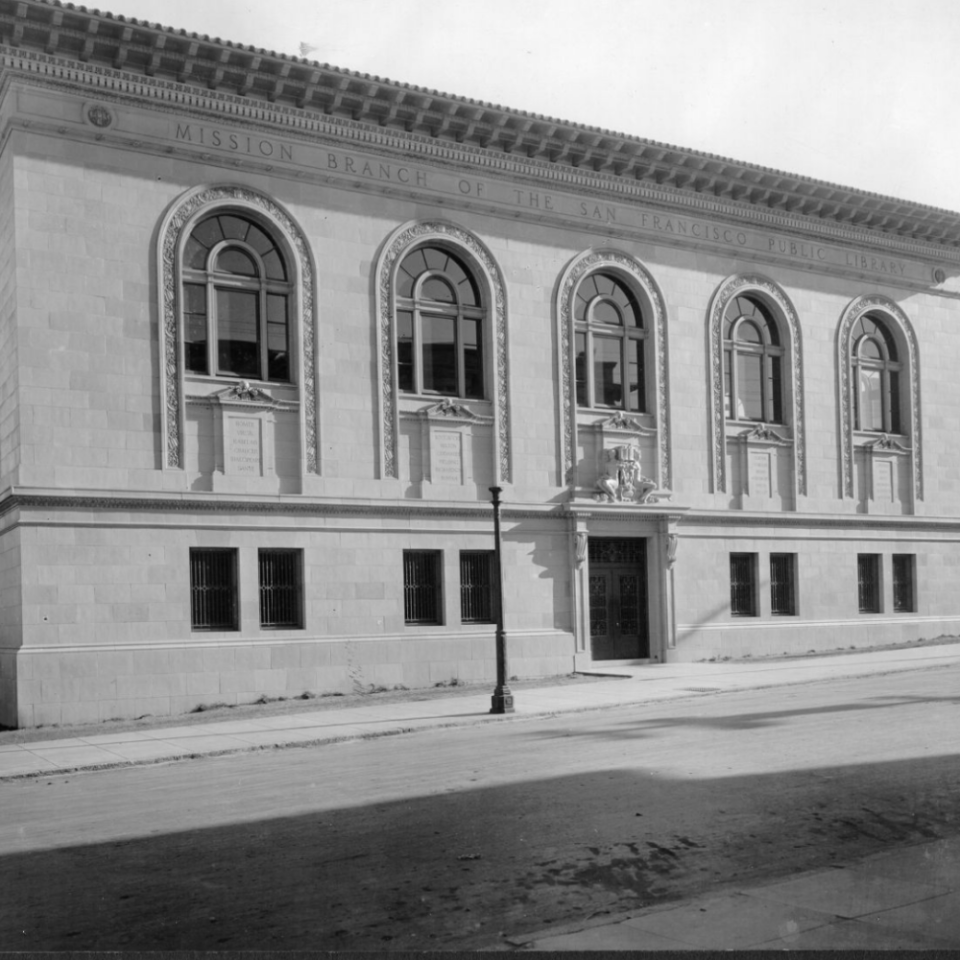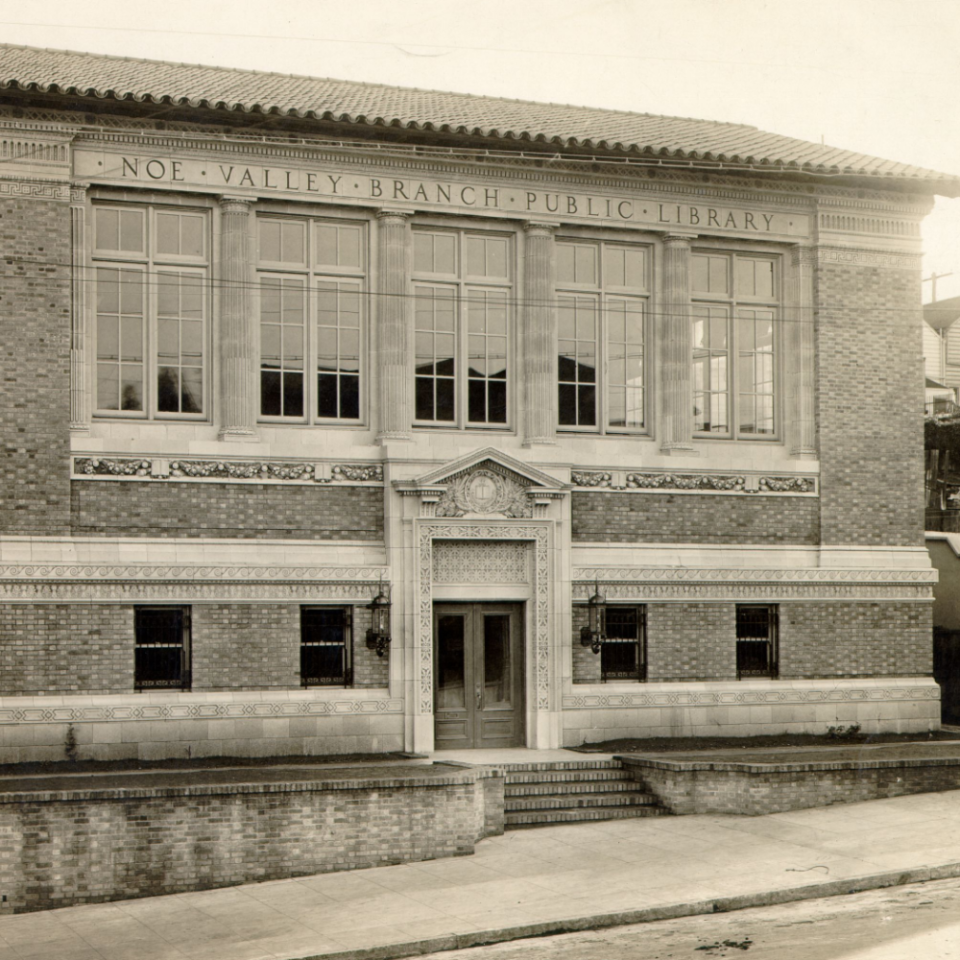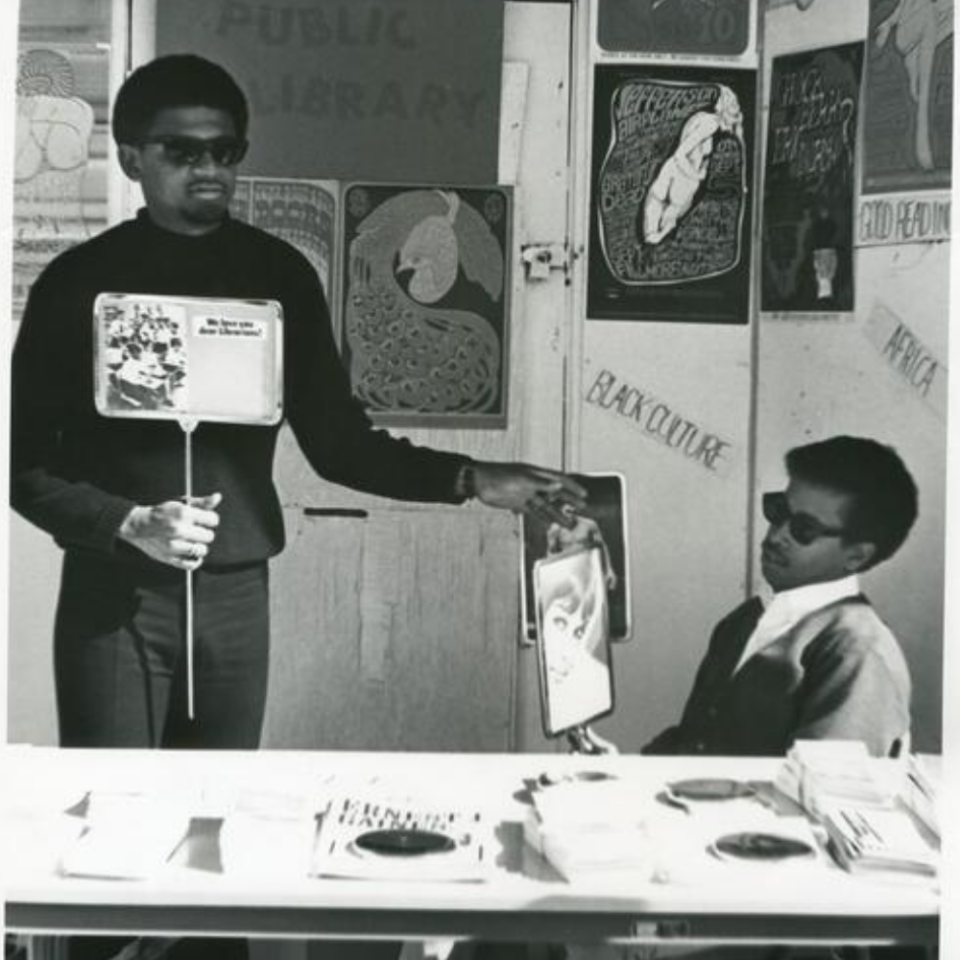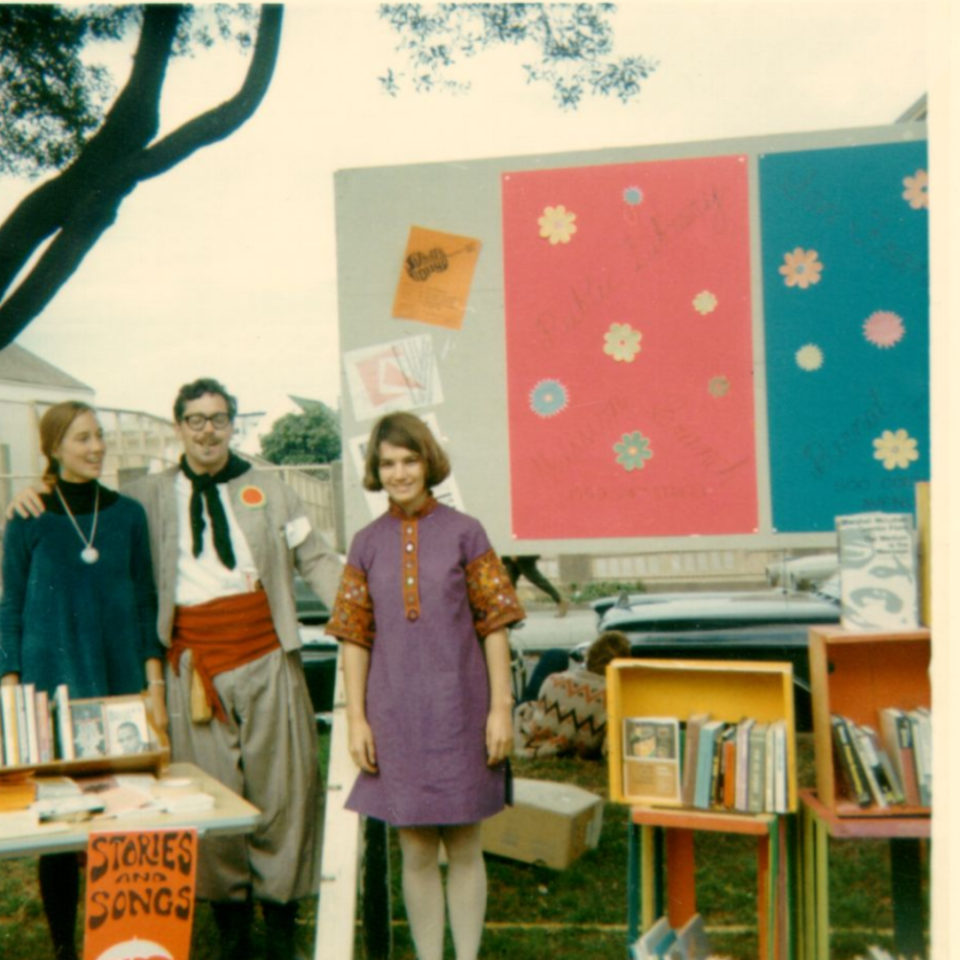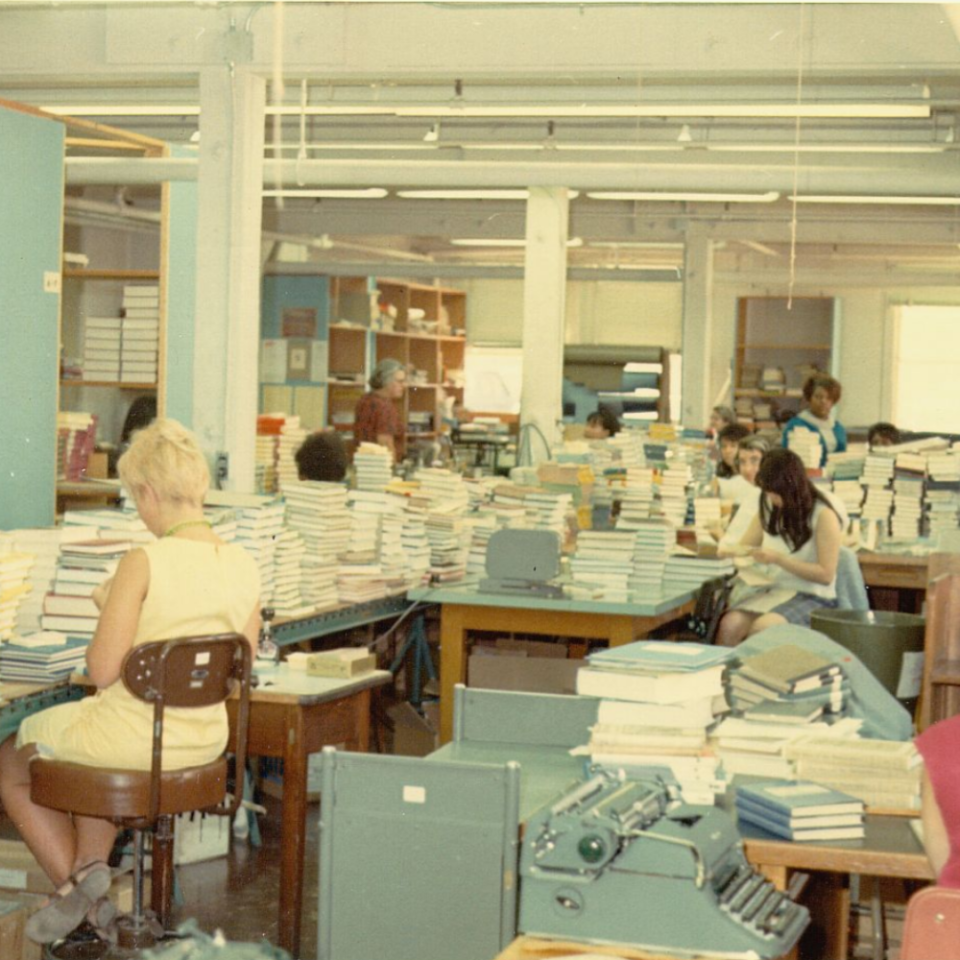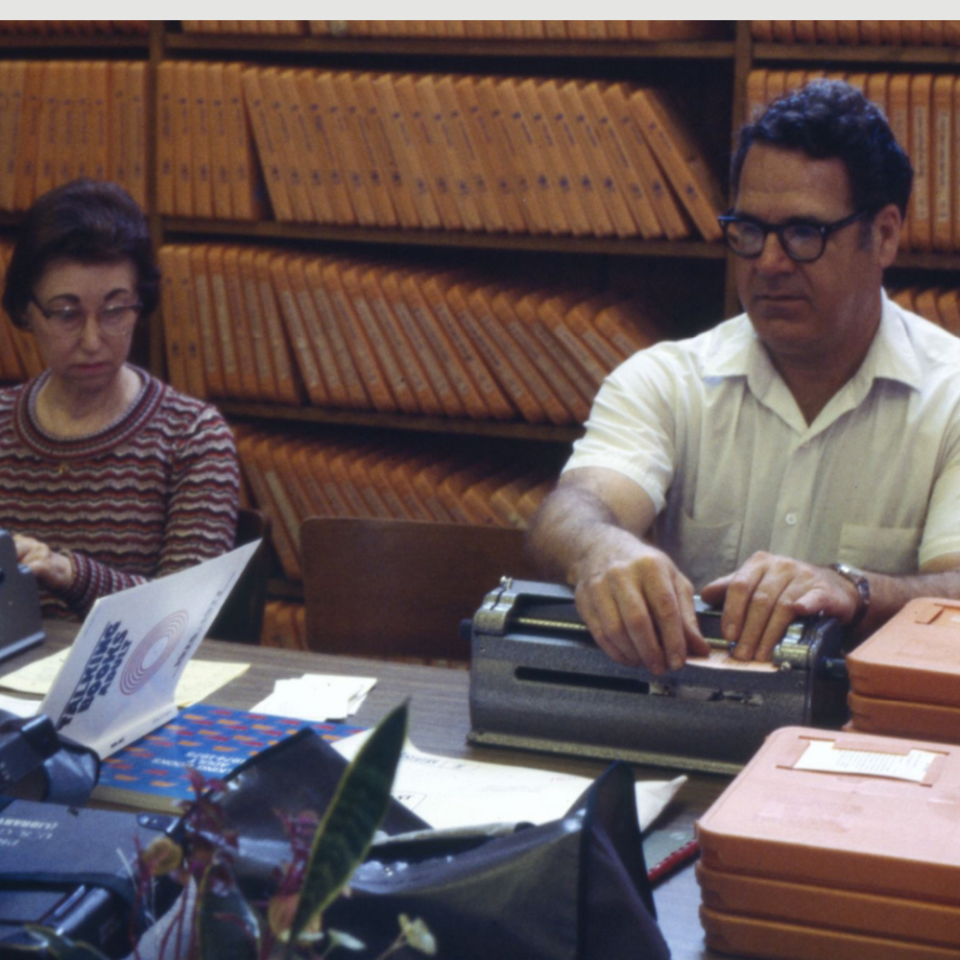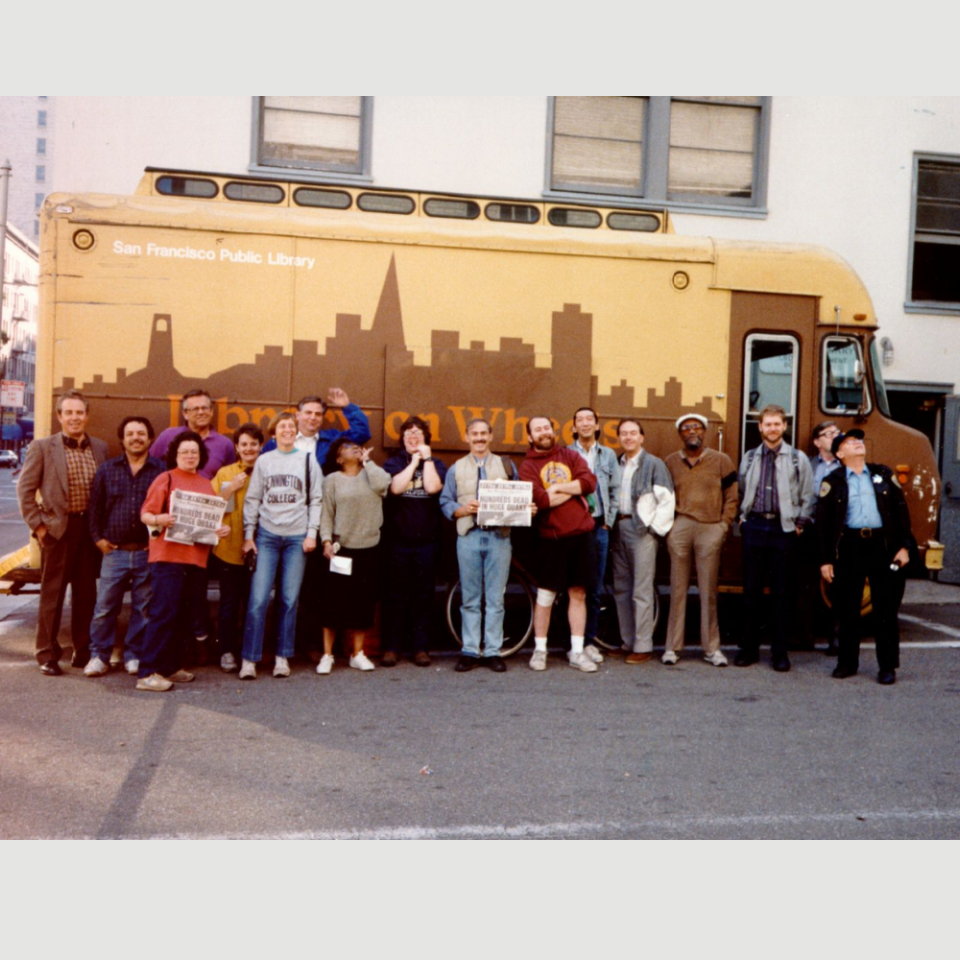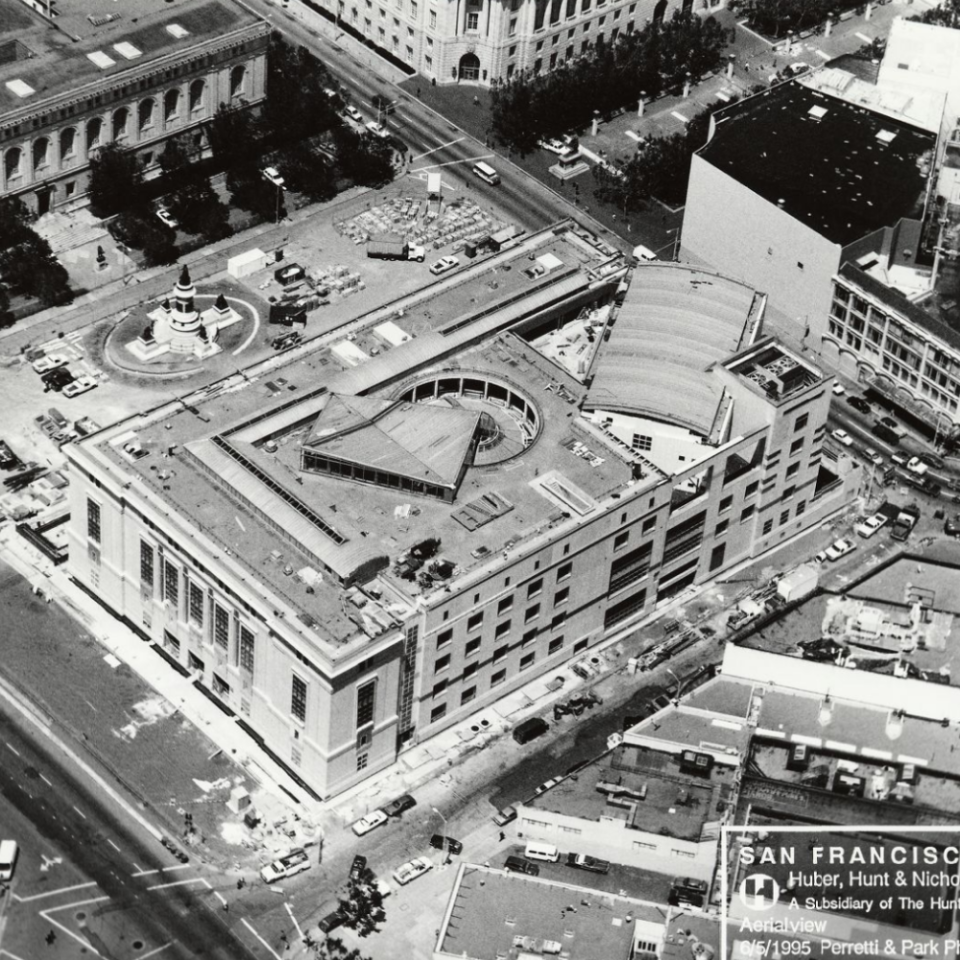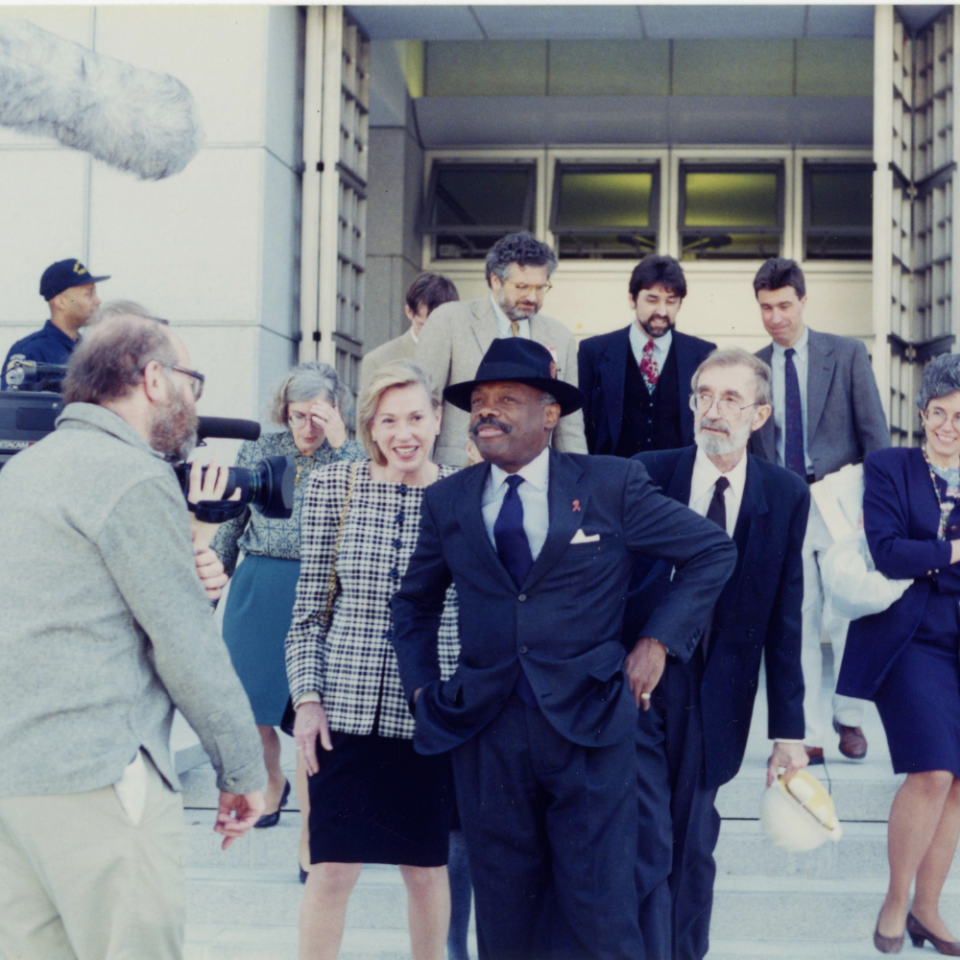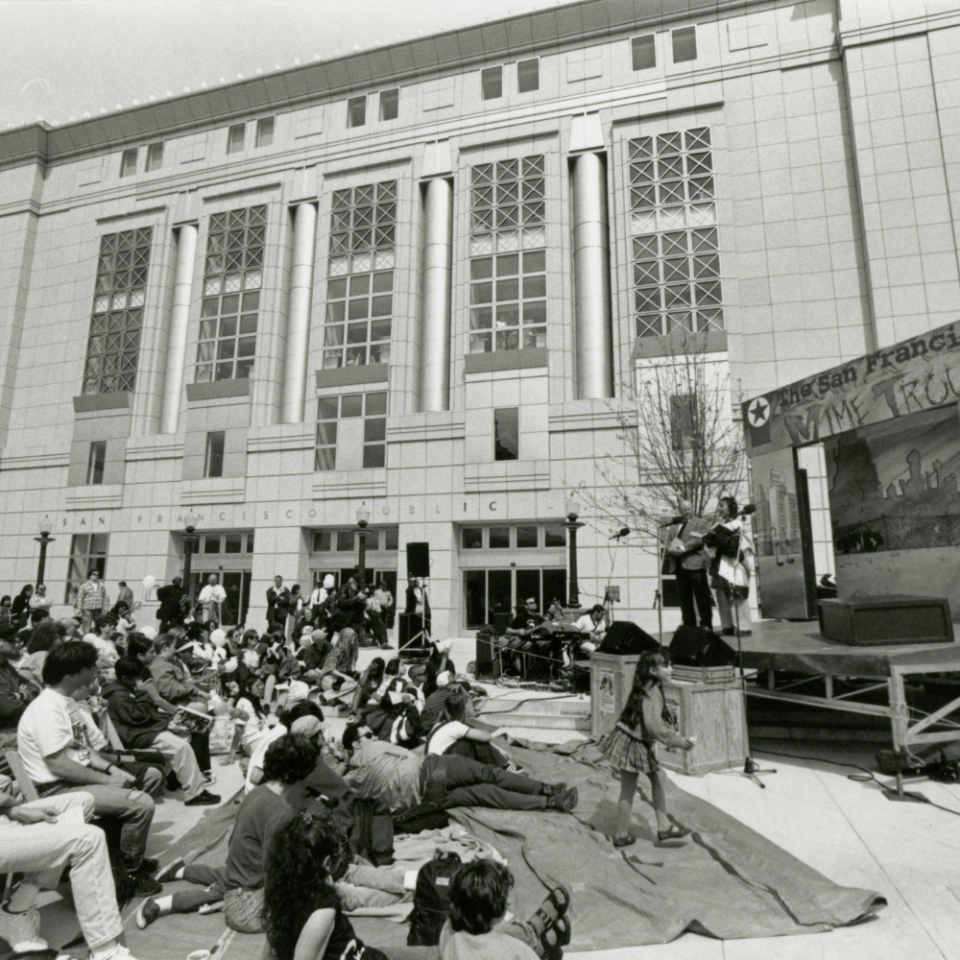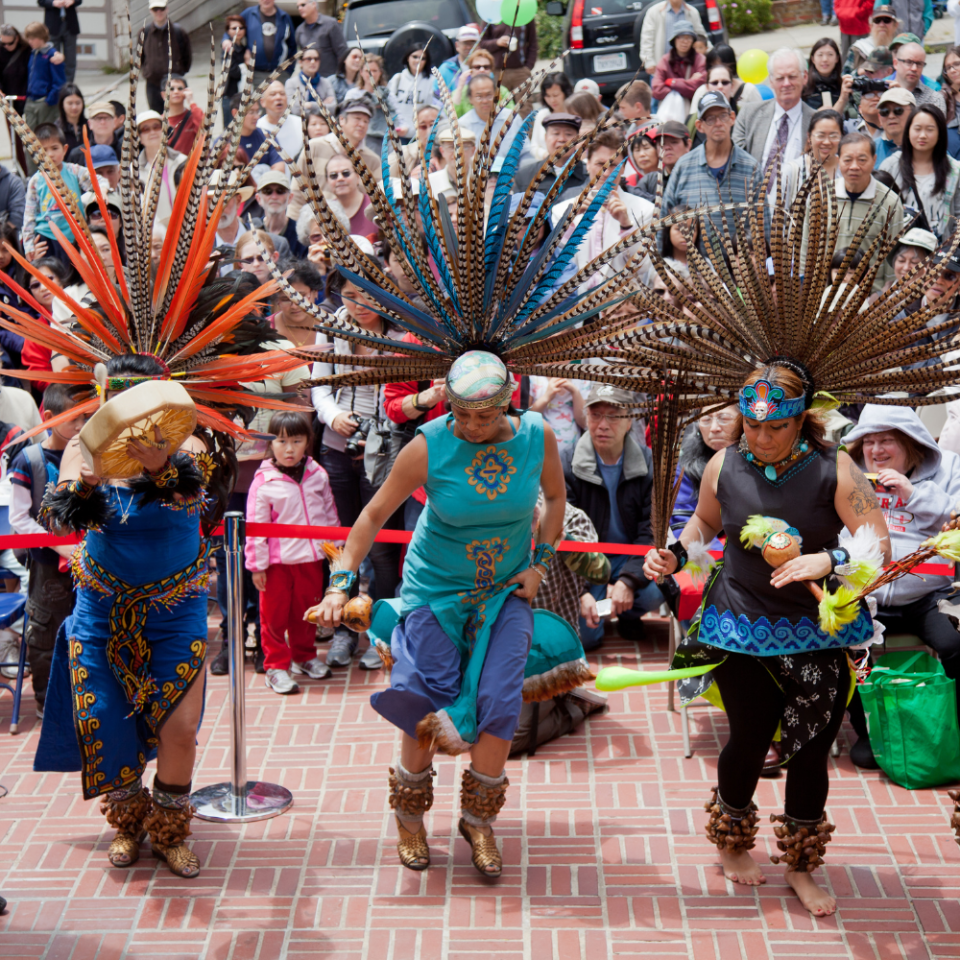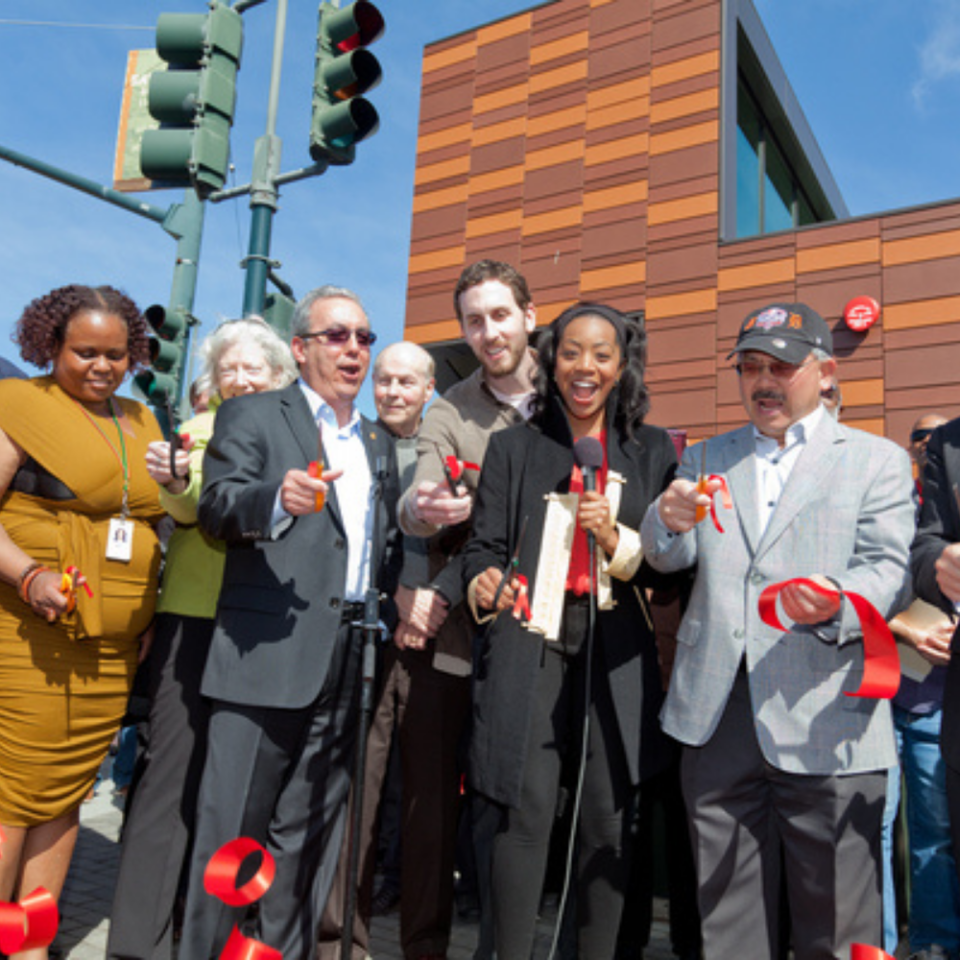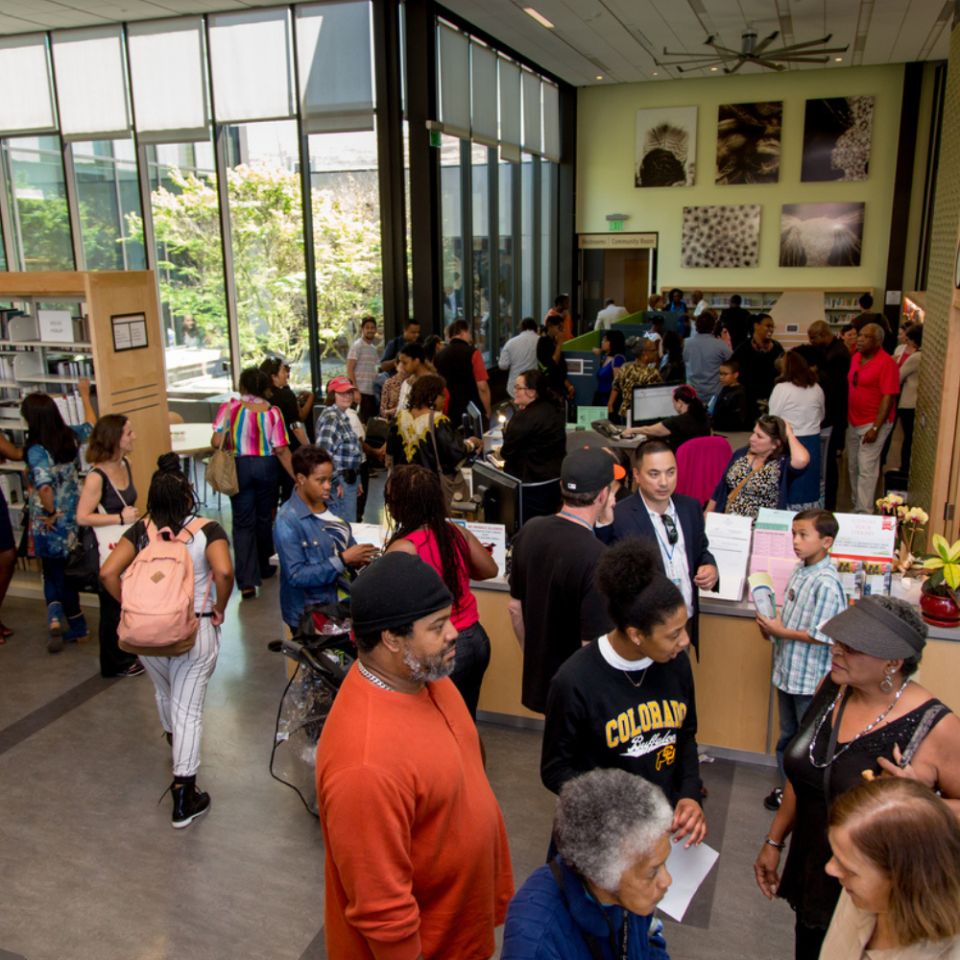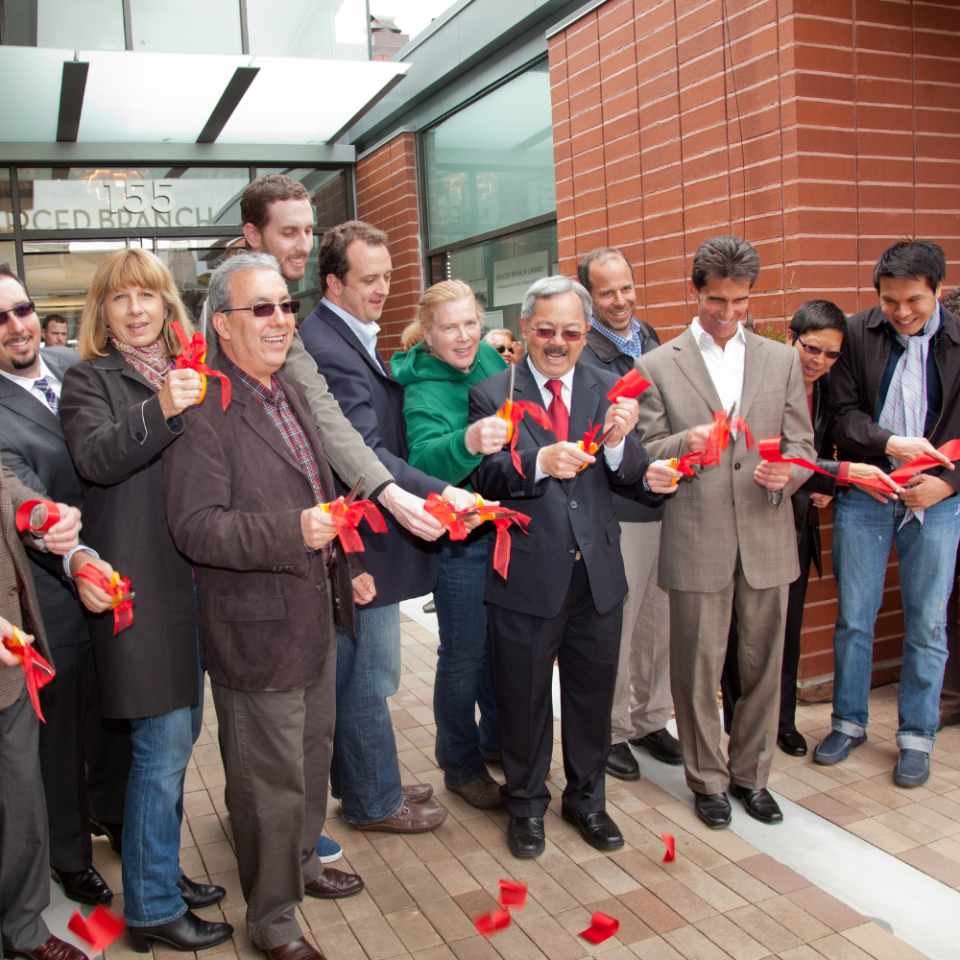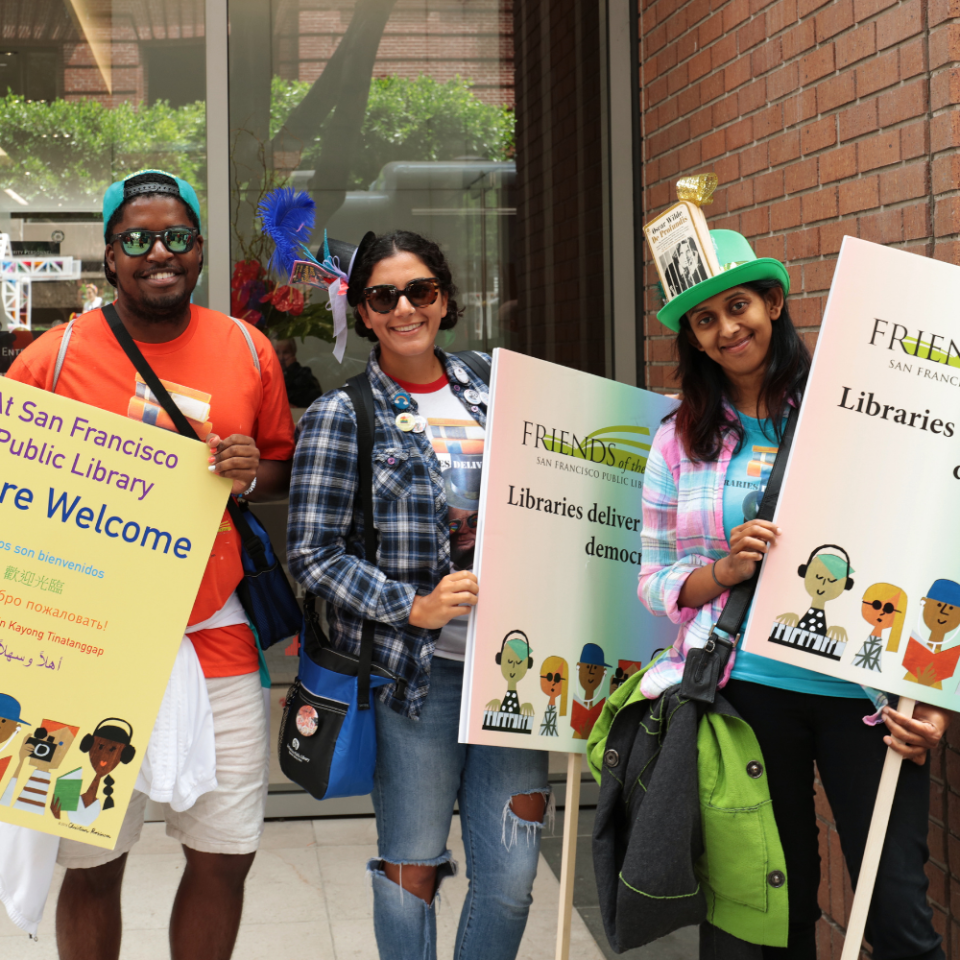San Francisco Public Library connects our diverse communities to learning, opportunities and each other. The library system includes the architecturally significant Main Library in the city’s Civic Center, 27 neighborhood branches including 7 Carnegie libraries, and four bookmobiles. With a collection of more than 3.7 million items, and circulation exceeding 11 million each year, SFPL serves more than 6 million visitors annually.
The doors of San Francisco’s first public library swung open on June 7, 1879 in Pacific Hall, a rented space housing a collection of 6,000 books in a Bush Street office building in the Financial District. It was relocated to a wing of City Hall in 1888, a facility that was virtually leveled by the 1906 earthquake. A noble, granite structure housing 200,000 volumes opened as a monument to knowledge in the majestic new Civic Center on February 15, 1917. This library has since been repurposed as the Asian Art Museum when the “new” Main Library opened April 18, 1996. Over the course of its 142-year history, the Library has significantly expanded its footprint boasting the 2nd most libraries per square mile in the country.
In June 2018, the Library was named Library of the Year by Gale/Library Journal for its active promotion of San Francisco’s values of inclusion, diversity, and equity, and its ability to create programs and policies that support those democratic values. The library embraces its role as the most democratic of institutions, providing safe and welcoming facilities for all. Through a robust array of services and programs, the library places an emphasis on literacy and learning, racial equity, digital inclusion, social justice, and healthy communities.
SFPL Through the Decades
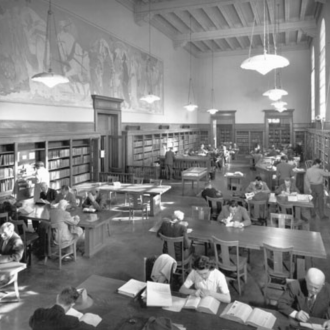
Old Main Reading Room 20photos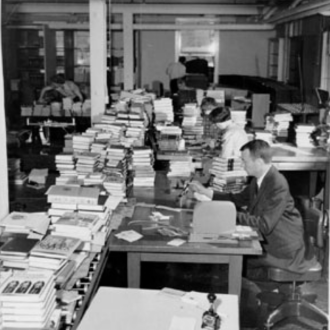
Old Main Cataloging Department 20photos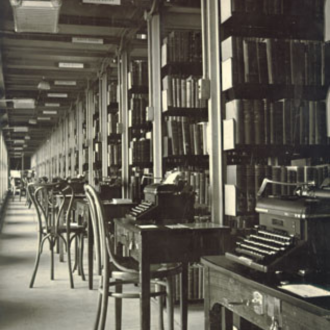
Typewriters in Old Main Library 20photos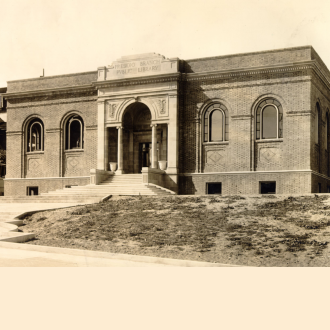
Presidio Branch Library 20photos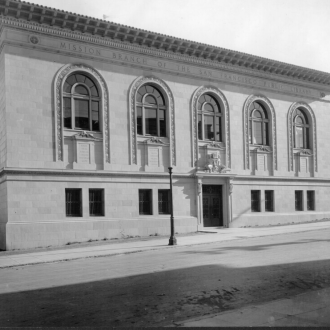
Mission Branch Library 20photos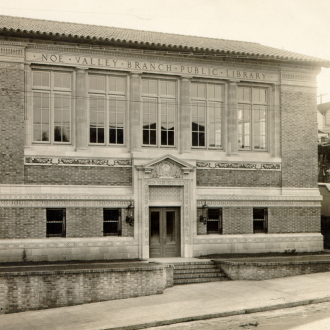
Noe Valley Branch Library 20photos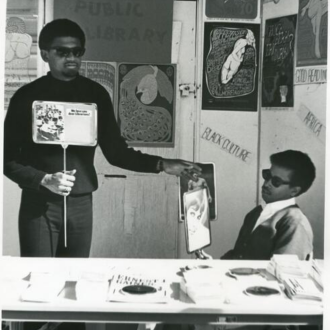
Bayview Branch 1960s 20photos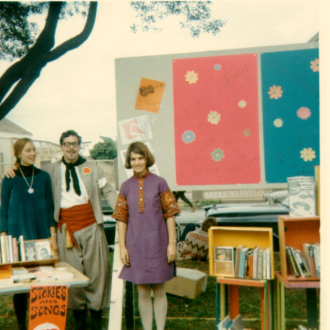
Bernal Heights Staff 1960s 20photos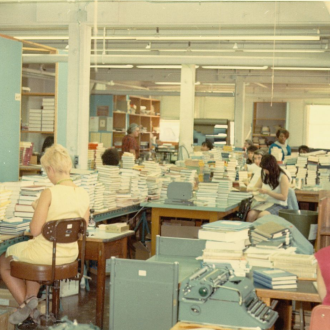
SFPL Staff Cataloging 1968 20photos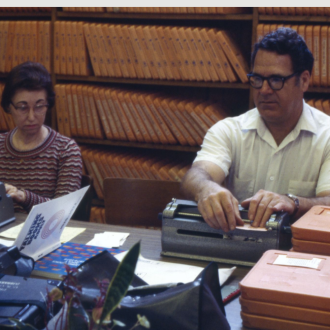
Patron Using Braille 1970s 20photos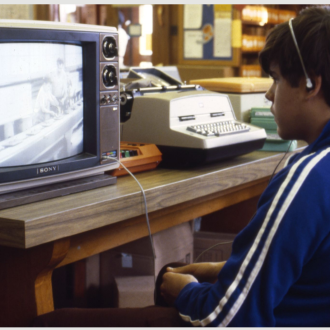
Patron Using TV 1970s 20photos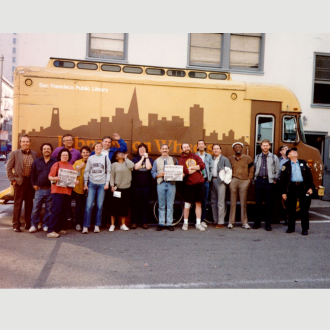
Bookmobile with SFPL Staff after 1989 Earthquake 20photos
Aerial View of New Main Library ca. 1996 20photos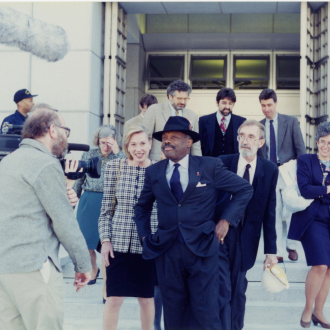
Mayor Willie Brown and Former Chief of Protocol Charlotte Maillaird Shultz 20photos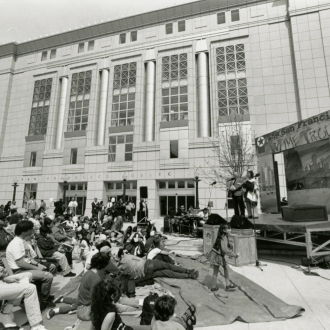
Event at Main Library 1990s 20photos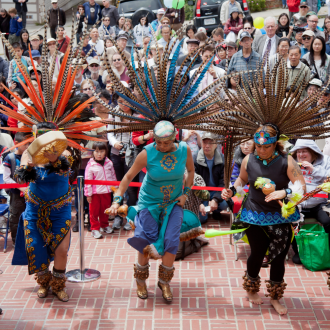
Reopening of Anza Branch Following Renovation 20photos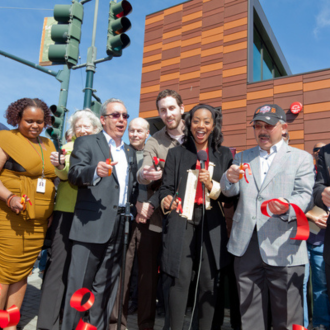
Mayor Edwin Lee at the Bayview Branch Opening 20photos
Bayview Branch Reopening 20photos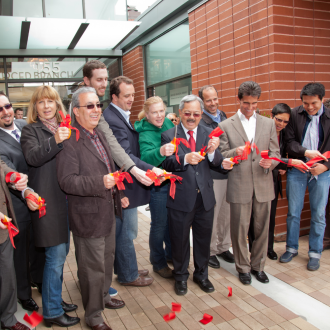
Merced Ribbon Cutting 20photos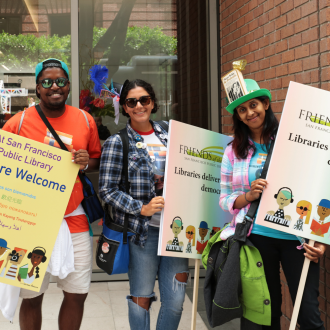
SFPL Staff at PRIDE 20photos


